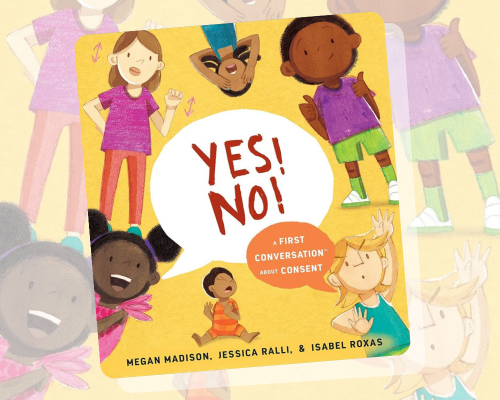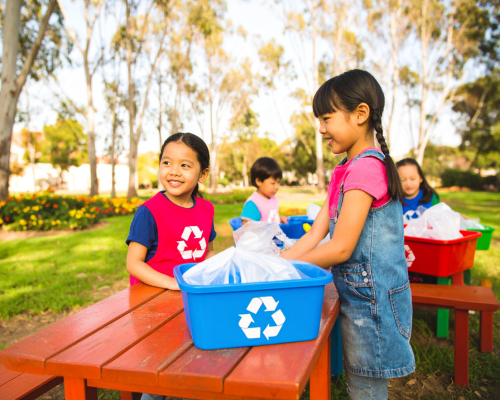The early years are a crucial period for brain development, with 90% of neural growth occurring by age five.
This presents an incredible opportunity for educators and caregivers to positively influence a child’s development through daily interactions.
Families are a child’s first teachers with educators also having a vital role in fostering neural connections through engagement and play.
With so much information available, it can feel overwhelming to balance routines with meaningful play.
However, play is essential to learning, even in infancy.
Below are key developmental milestones and practical play ideas to support babies’ growth.
Birth to 4 Months
At this stage, babies are building foundational physical and cognitive skills.
Tummy time is a critical activity that strengthens muscles and prevents flat spots on the head.
Short bursts of tummy time, incorporated into routines, are beneficial.
| Tummy Time Ideas |
|---|
| During nappy changes, place babies on their tummies for brief periods. |
| Use safe toys and objects near their face to encourage movement. |
| Get on the floor with them, reading books and turning pages. |
| Provide mirrors so babies can observe their reflections. |
| Offer varied environments to keep visual stimulation fresh. |
4 to 8 Months
As babies become more active, the play experiences provided are able to get more creative too.
Extending tummy time and introducing interactive activities helps strengthen motor skills, cognitive awareness and social connections.
| Play Ideas |
|---|
| Read books down at their level, showing pictures and describing them. |
| Play peek-a-boo to build trust and understanding of object permanence. |
| Provide toys that make sounds, such as homemade rattles with different fillings. |
| Sing songs and rhymes, incorporating their name. |
| Encourage sensory play with scarves or fabric-filled tissue boxes. |
8 to 12 Months
Babies at this stage become highly active, exploring their environment with increased mobility.
Separation anxiety may also emerge, making nurturing and reassurance important.
| Actions for Development |
|---|
| Set up play spaces with soft surfaces to encourage pulling up and standing. |
| Introduce pretend play with cutlery to develop self-feeding skills. |
| Keep reading, especially books related to their interests. |
| Foster cause-and-effect learning with games involving dropping or throwing objects. |
| Create sensory walks using safe, textured materials. |
| Engage in finger rhymes and action songs to build coordination. |
1 to 2 Years
As babies transition into toddlerhood, they refine their movement skills and develop stronger cognitive and social abilities.
| Engaging Play Ideast |
|---|
| Provide safe environments that support walking and exploration. |
| Use songs and rhymes to teach body parts, people, and surroundings. |
| Offer treasure boxes filled with safe objects for exploration. |
| Introduce busy boards with locks, switches, and twistable items for fine motor development. |
| Create cozy spaces like cubby houses for reading and imaginative play. |



